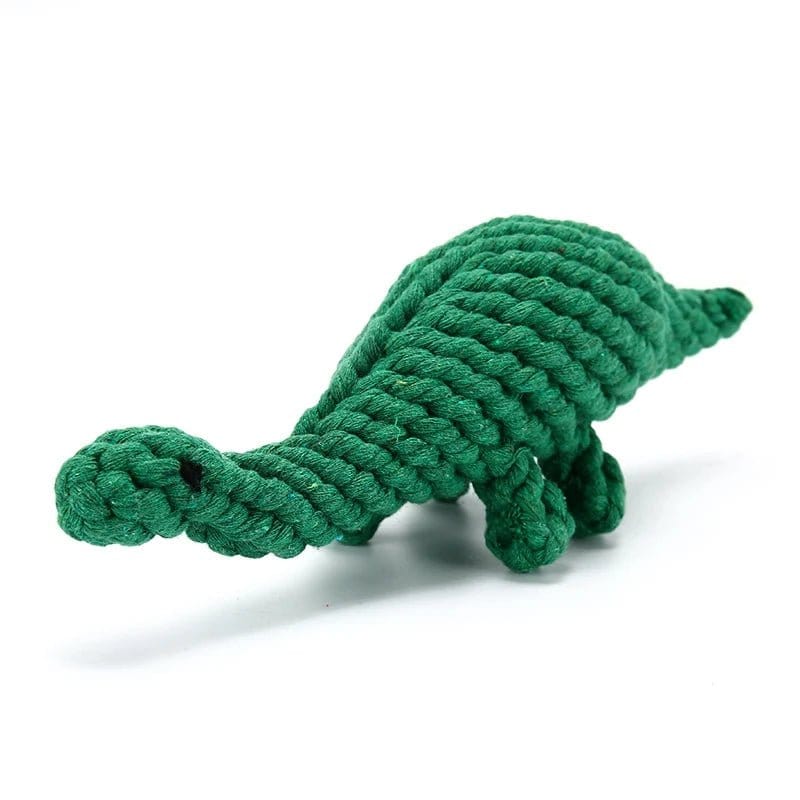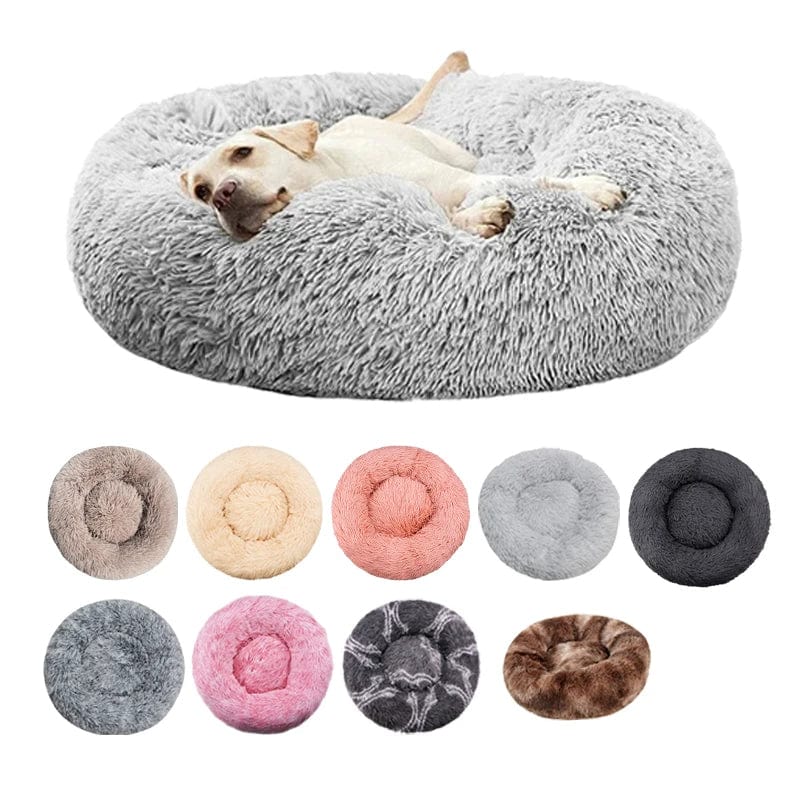Frequently Asked Questions
1. Why is understanding my dog's play behavior important?
2. What are the types of play behavior in dogs?
3. How can I recognize healthy play behavior in my dog?
4. What should I do if I notice unhealthy play behavior?
5. How can I create a safe play environment for my dog?
Understanding your dog's play behavior is an essential aspect of being a responsible pet owner. Dogs are not just pets; they are family members whose actions and expressions can tell us much about their needs, emotions, and health. In this article, we will delve into the fascinating world of canine play behavior. We'll explore why dogs play, the different types of play, how to recognize healthy play, and even how to incorporate this knowledge into selecting the right dog toys.
The Importance of Play in a Dog's Life
Play is not just a luxury for dogs; it is a fundamental part of their physical and mental development. Here’s why understanding your dog's play behavior is crucial:
- Physical Health: Play helps in keeping dogs active, contributing to their overall fitness.
- Mental Stimulation: Engaging in play can improve cognitive skills as they learn to solve problems while having fun.
- Social Skills: Dogs learn valuable social cues through play, helping them interact better with humans and other animals.
- Stress Relief: Play can be a great outlet for energy, allowing dogs to de-stress and feel more relaxed.
Types of Play Behavior in Dogs
Just like humans, dogs have their unique play styles. Recognizing these different types can enhance your interaction with your furry friend. Here are the primary forms of play behavior:
Physical Play
Physical play involves running, jumping, and chasing. Puppies and younger dogs typically exhibit high energy levels, leading to exuberant physical play. This type often includes playful biting, body slams, and tussling. It’s important to engage in safe, supervised environments to prevent any injuries.
Social Play
Dogs are inherently social creatures. When they engage in social play with other dogs, they display behaviors like bowing, play barking, and using a soft mouth. This helps them learn boundaries and social cues. You can enhance social play by scheduling doggy playdates.
Exploratory Play
In exploratory play, dogs might investigate objects in their surroundings by sniffing, nudging, or chewing them. This behavior showcases their curiosity and helps meet their instinctual needs.
Predatory Play
This type of play simulates hunting behavior, involving stalking, chasing, and pouncing. Predatory play is perfectly natural and can be encouraged through toys that mimic prey.
Interactive Play with Humans
Interactive play with humans is vital for bonding. Activities like fetch, tug-of-war, and hide-and-seek not only provide physical exercise but also strengthen the emotional connection between dogs and their owners.
Signs of Healthy Play Behavior
Understanding the signs of healthy play behavior can help you ensure your dog enjoys safe and fulfilling playtime. Here are some indicators:
- Relaxed Body Language: A dog that is playing healthily will exhibit relaxed body posture, such as wagging tail and play bowing.
- Engagement: Dogs that are energetically engaging in play, such as chasing or retrieving a ball, along with play barking, indicate happiness.
- Consistency: Dogs will have a consistent rhythm to their play, pausing to rest and then resuming, which reflects healthy behavior.
- Invitation to Play: Dogs often invite their owners into play, turning to them and displaying open body language.
Recognizing Unhealthy Play Behavior
Conversely, it is equally essential to recognize unhealthy play behavior. Here are signs to watch for:
- Excessive Growling or Snapping: Growling can sometimes be part of play, but if it escalates into snapping or biting, it's a sign to intervene.
- Rigid Body Language: A tense posture can indicate anxiety or discomfort, signaling that the dog is overwhelmed or stressed.
- Avoidance Behaviors: If your dog steps away from play or shows signs of obfuscation, encourage a calmer environment.
How to Encourage Positive Play Behavior
To foster healthy play behavior, you can take several steps:
- Provide a Variety of Toys: Dogs enjoy different types of toys. Make sure to include interactive ones that can engage their interest.
- Set Boundaries: Establish rules during playtime, such as limiting rough housing to prevent injury.
- Supervise Play Sessions: Always monitor your dog’s interactions with other dogs to ensure their safety.
- Create a Safe Play Area: Designate a space where your dog can play without encountering hazards or distractions.
The Role of Play in Your Dog’s Emotional Health
Play is not just for physical exertion; it plays a vital role in your dog’s emotional well-being. Engaging in regular playtime helps reduce anxiety and stress, creating a happier home environment. Dogs that lack adequate play opportunities may develop behavioral issues, including excessive barking, chewing, or digging.
Additionally, being attuned to how your dog plays can significantly aid in recognizing behavioral changes that may indicate health issues. Changes in play behavior might signal discomfort or pain, warranting a visit to your veterinarian.
Seasonal Considerations for Playtime
As seasons change, so do the play preferences and needs of dogs. During warmer months, outdoor activities such as fetching frisbees or swimming in the lake can be invigorating for your dog. In the cooler months, having dog pajamas for small breeds becomes essential, as they provide warmth and comfort during indoor playtime.
Winter Play Activities
During colder months, ensure your dog remains active by engaging in indoor games, or investing in dog pajamas for small breeds to keep them warm while playing. You can set up obstacle courses, play hide-and-seek, or even practice basic training commands for mental stimulation.
Summer Play Activities
In the summer, water play can be a big hit! Splashing around in a kiddie pool or engaging in water retrieval games keeps your dog cool while allowing for fun. Be mindful of the heat and ensure your dog has access to shade and fresh water.
Integrating Play into Daily Life
Incorporating play into your everyday routine can enhance your dog’s quality of life and strengthen your bond. Consider scheduling dedicated playtime daily. Maintaining consistent play sessions allows your dog to learn and anticipate the joy that comes from play.
Further, mix it up! Varying the location or type of play, such as introducing new toys or engaging in different activities, will keep things exciting. By doing so, you keep your dog mentally challenged and eager to participate, leading to a happier, more balanced dog.
Crafting a Healthier Play Environment
Creating a play-friendly environment is essential for fostering exciting and safe play. Here are a few tips:
- Clear Play Space: Remove any clutter, hazards, or sharp objects from the play area.
- Communicate with Others: If your dog plays with other dogs, check in with their owners about best practices and behavior expectations.
- Designate Play Areas: Having specific areas for different types of play (fetch, social play) can enhance the experience for your dog.
Gearing Up for Playtime
Before diving into play, consider your dog's needs. Having the right gear can elevate their play experience. From durable toys to comfortable clothing, the right accessories make a significant difference.
For small breed dogs, finding well-fitting dog pajamas for small breeds ensures they remain comfortable and warm, particularly during indoor playtimes in colder months. Additionally, monitoring your dog's comfort during play is vital; always opt for breathable and flexible materials.
Watchful Eyes: Pet Parenting at Play
Your role as a pet parent extends beyond just providing toys and playtime. Observing your dog's preferences, making adjustments when necessary, and always prioritizing safety will ensure a fulfilling and enjoyable experience for your furry friend.
By understanding your dog's play behavior, you ensure their happiness and well-being. So, gear up, grab those dog pajamas for small breeds when necessary, and embrace the joy of playtime.
Your Adventure Begins!
Armed with insights about your dog's play behavior, you're ready to create memorable experiences together. Embrace the joy of play, engage fully with your dog, and witness the bond deepen. Happy playing!



